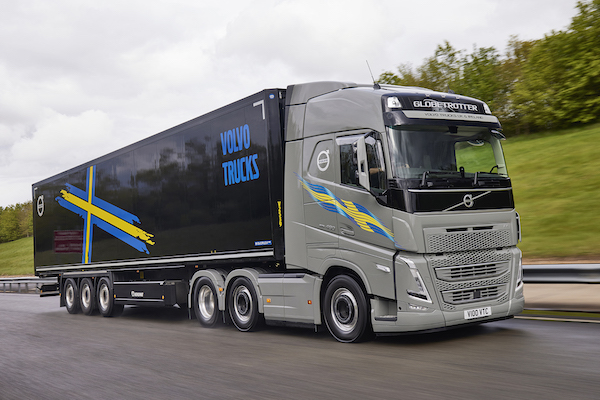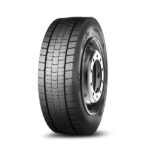New refinements are being added to Volvo Trucks’ I-Save concept which are designed to
lower fuel consumption and give substantial savings in CO2 emissions, while
simultaneously improving driveability for a more enjoyable ride.
I-Save covers optimizations of the engine technology, the control software and measures to
reduce air resistance, all to achieve one shared purpose – increasing energy efficiency as
much as possible.
Volvo has now taken its Volvo FH I-Save concept one step further to ensure full optimization
of the engines’ combustion process by adapting the injectors, compression and camshaft
specifically to the refined and unique new wave-patterned pistons. The overall weight and
internal friction have also been reduced. The high-performance turbo charger and oil pump
have received upgrades and even the filters for oil, fuel and air have patented refinements for
better performance.
“Starting from an already high-performance engine, we have looked deeply into many critical
details that all together add up to substantial savings. It’s all about getting more usable
energy out of every drop of fuel,” says Helena Alsiö, VP Powertrain Product Management at
Volvo Trucks.
Smoother, smarter and faster
The heart of I-Save is the 13-litre engine with Volvo’s turbo compound technology, D13TC,
which makes it possible to drive with low engine revs and high gears for longer periods of
time. The result is a smoother and quieter ride. The engine can run at high efficiency over the
entire speed range, with the best result from 900 to 1,300 rpm.
Besides all the hardware updates, a new generation of software for engine management has
been added, which in turn communicates with an updated I-Shift gearbox. The result not
only improves fuel economy, but also provides clearly improved driveability since this
intelligent update of the shifting strategy delivers a faster response and an even more
harmonious driving experience.
I-Torque is a new intelligent torque software that increases energy efficiency by analysing
the topography data from I-See and adapting the driving to the actual route. I -See uses
information about the planned route to take advantage of the truck’s kinetic energy in the
best possible way when driving on hilly terrain. The new I-Torque function manages gear
selection, engine torque and braking when I-Cruise is activated.
“To save fuel, the truck starts in Eco mode and as a driver you always have easy access to
the power needed and can look forward to faster gearing and torque response from the
driveline,” Alsiö continues.
When driving long distances, the truck’s aerodynamics play an important role for fuel
economy and there have been several changes to improve air flow, such as tighter gaps on
the front of the cab and a longer door extension.
I-Save has served Volvo’s truck customers well since it was launched in 2019. In response
to the great interest, a new power level of 420 hp is now being added to the previous ones
of 460 and 500 hp. All engines are certified to run on HVO100, a renewable diesel in the
form of hydrogenated vegetable oils.
Volvo Trucks’ FH, FM and FMX with standard 11- and 13-litre Euro 6 engines are also getting
updates that will increase the energy efficiency.
On the road to fossil-free
Volvo Trucks goal is that electric trucks will account for half of its truck sales in 2030. The
internal combustion engine will, however, continue to play a role and the improved efficiency
coming from these new I-Save advances in the driveline is one important way to contribute
to lower the CO2 emissions.
“We are committed to the Paris Agreement on climate change, and we are taking firm action
to dramatically lower CO2 emissions related to on-road freight transports. Even if we see
electromobility as the main solution in the longer perspective, energy efficient combustion
engines will continue to make an important contribution for many years to come,” concludes
Alsiö.









